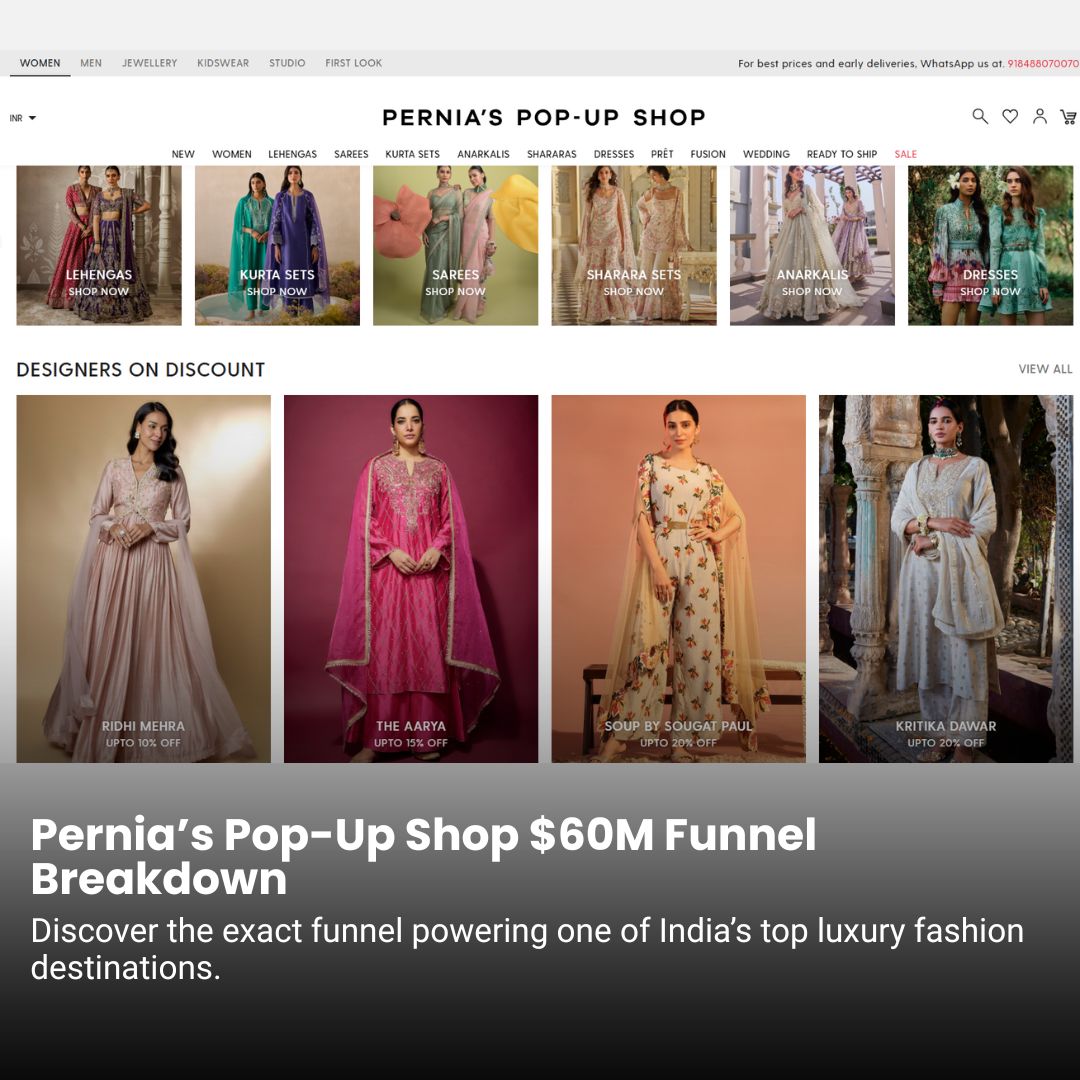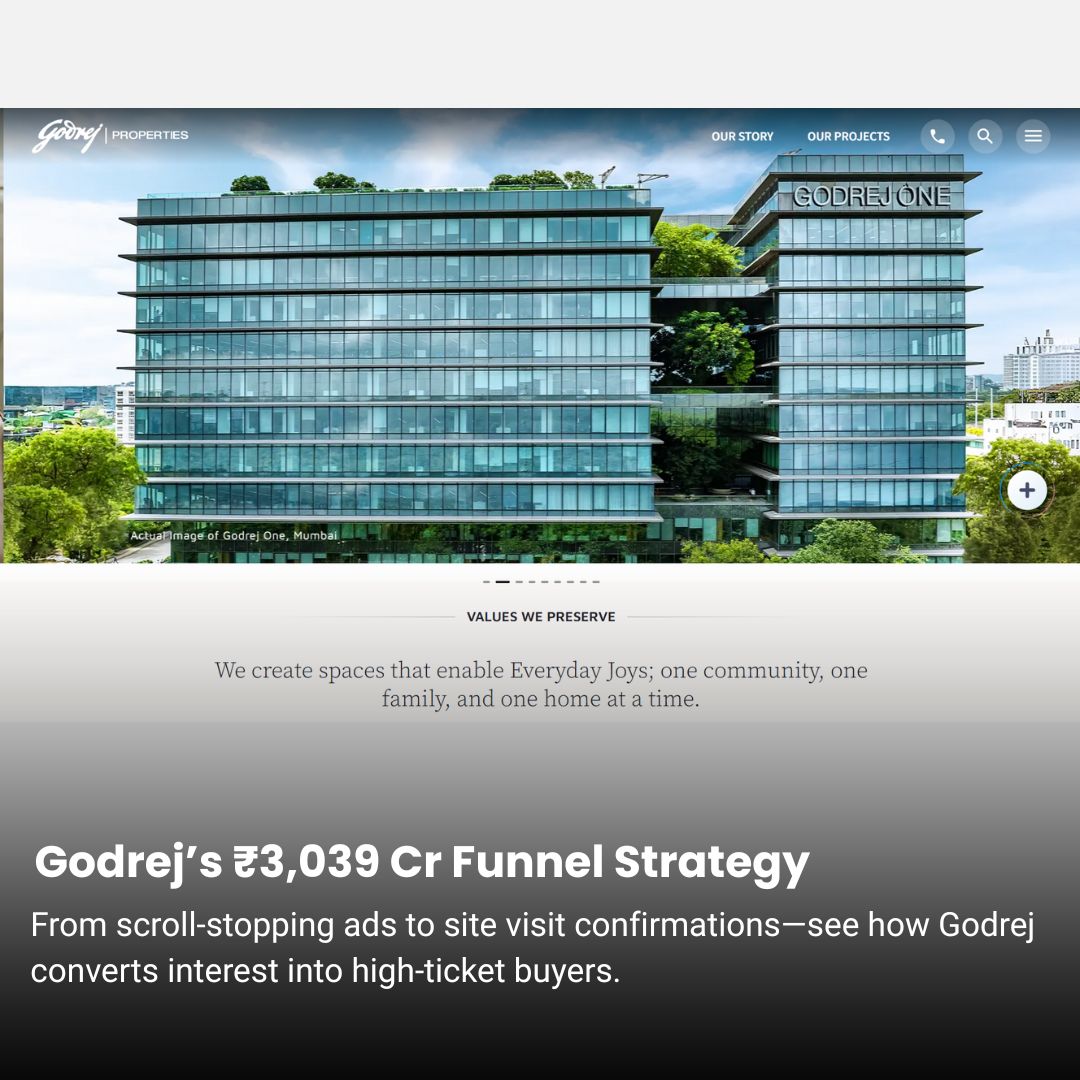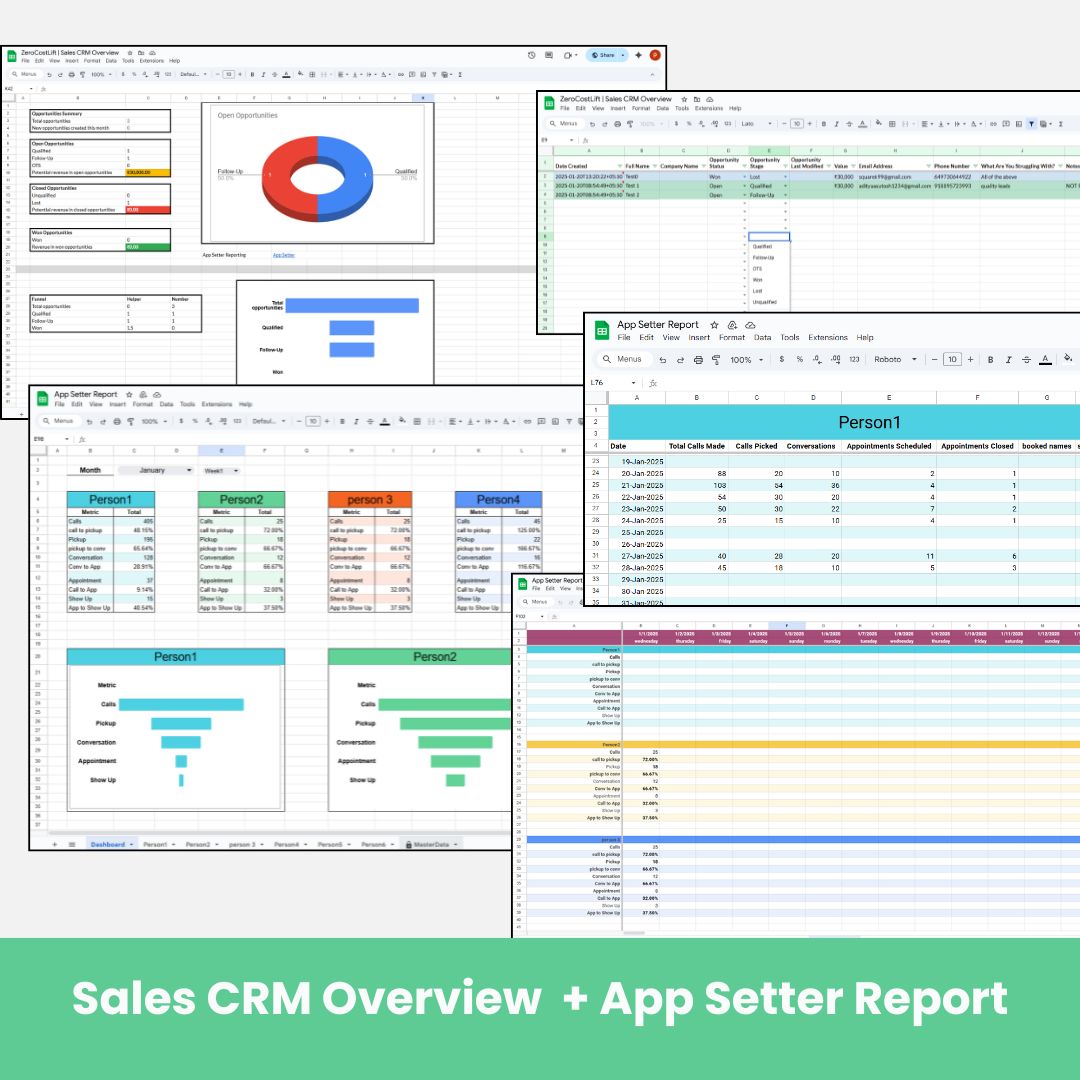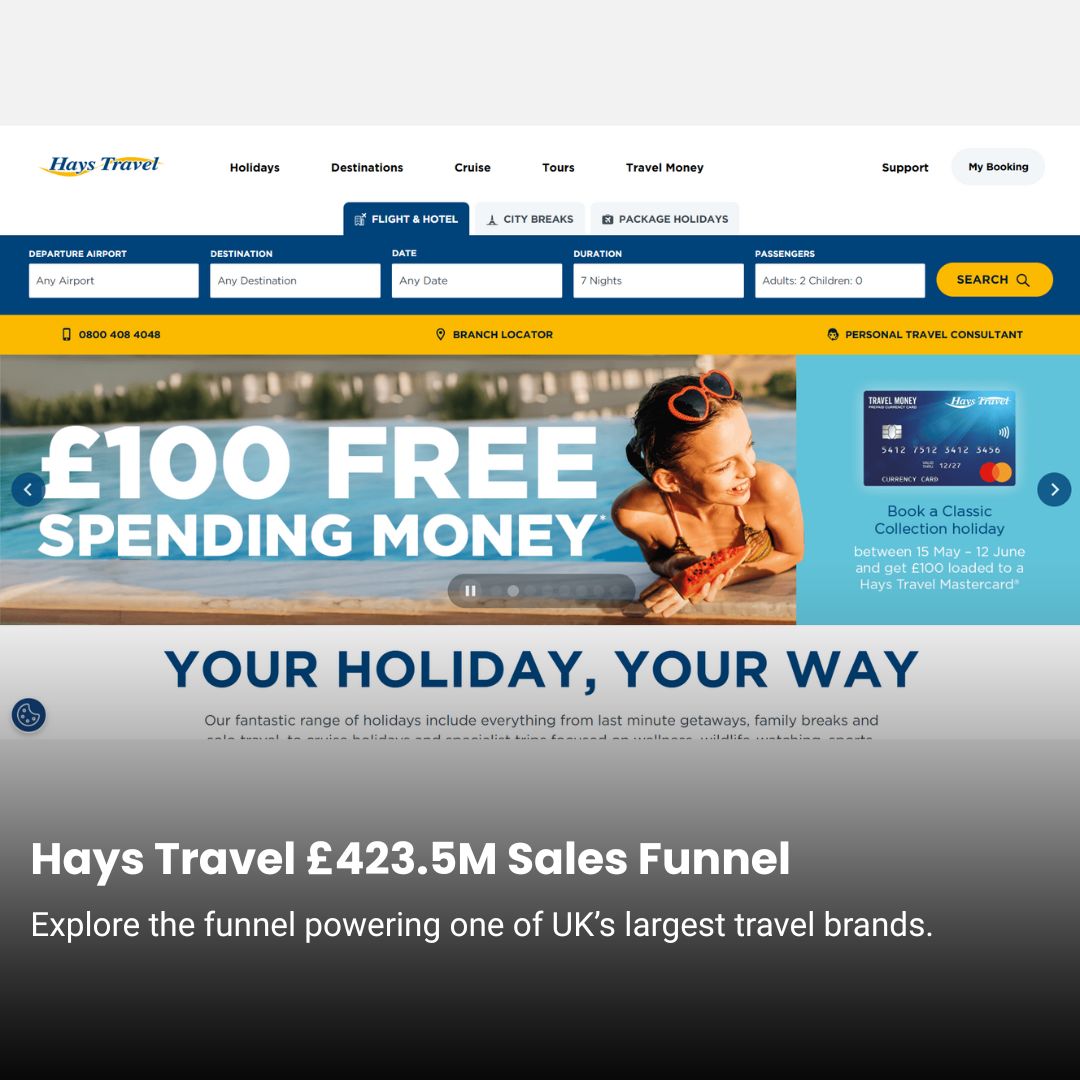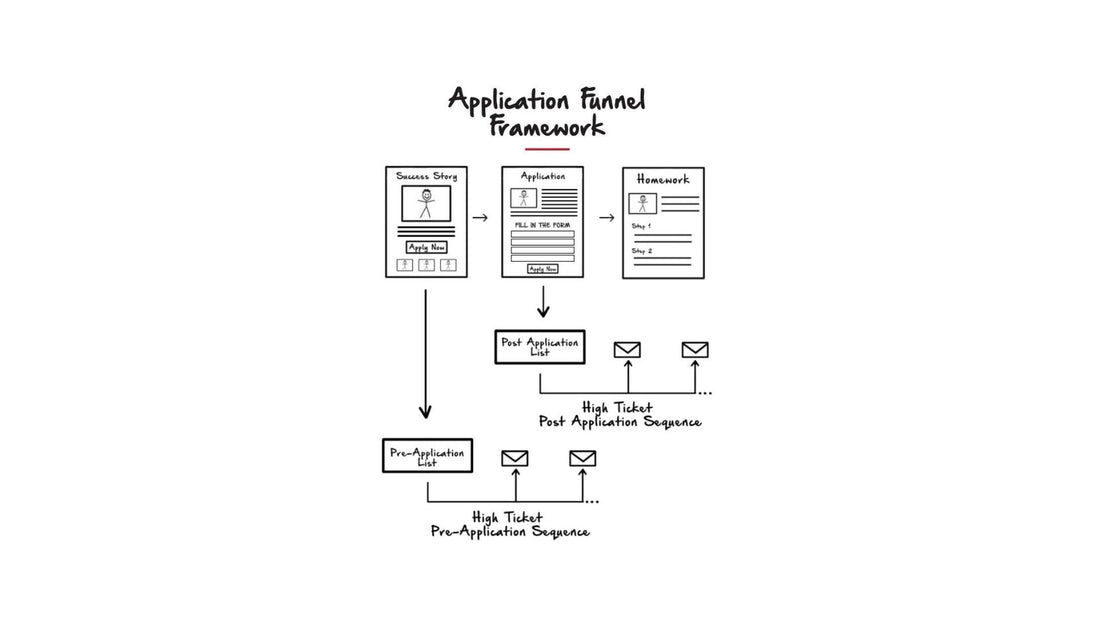
What Is an Application Funnel and How Do You Use It?

Every successful business needs a funnel to guide customers from awareness to purchase. A sales funnel does exactly that—it turns strangers into buyers and, ideally, into loyal customers who keep coming back.
But an application funnel works differently. Instead of focusing on volume, it prioritizes quality over quantity. Prospective customers go through an application process to see if they qualify for your product or service.
This makes application funnels especially powerful for high-ticket offers, coaching, consulting, and mentorship programs. They not only create demand but also allow you to filter and segment leads, so you spend time only with the customers who will truly benefit.
The result? More qualified clients, stronger relationships, and less wasted time—for both you and your customer.
Benefits of Using an Application Funnel
Now that you know what an application funnel is, let’s explore how it supports your bigger strategy.
Application funnels deliver powerful benefits, such as:
Identifying your ideal customer → Qualify leads before they enter your pipeline, so you focus only on the right people.
Gaining deeper insights → Learn what potential customers need, value, and expect.
Locating your true audience → Filter out noise and zero in on where your best opportunities exist.
Converting more leads → By pre-qualifying, you increase the chances of turning prospects into paying, loyal clients.
🔹 Funnel Settings to Update
- Rename Funnel → Use a clear, strategic name for tracking.
- Update Domain → Ensure the funnel runs on the correct domain.
- Update SMTP → Configure email settings for smooth communication.
- Upload Favicon → Add branding consistency across tabs.
🔹 Page-by-Page Checks
- URL Path → Confirm the ending path in the browser (check gear under page preview).
- Header & Footer → Create once, save, and apply across all pages.
- Page Design & Copy → Update visuals, content, and CTAs to align with strategy.
- SEO Meta Data → Optimize title, description, and keywords.
- Search Engine Settings → Go to Settings >> General >> Search Engines and confirm preferences.
- Automation Tab → Double-check automations for each funnel step (tags, emails, workflows).
Identifying Your Ideal Customer
An application funnel will help you understand your ideal customer. It’s a heck of a lot harder to convert a potential customer for a $10,000 price tag than it is for $100—especially when you aren’t clear on who your ideal customer even is. With an application funnel, you can ask potential customers specific questions, discover their pain points, and better understand their purchasing journey. This information will help you nail down exactly what type of client is the best fit for your higher ticket offers.
Gain Insight Into Your Customers
This is important, and also why a lead-generation quiz is so valuable when gaining insight into your audience—ask more questions, and you’ll get more answers! An application funnel will help you weed out anyone who’s not the right fit for your offers while helping you uncover your leads. Gaining this information will help you build a marketing strategy to send the right message to the right people at the right time.
Locate Your Target Audience
There’s nothing worse than spending an hour on a discovery call only to realize you’re not the right fit for each other. Both you and your prospect end up wasting valuable time that could be better used elsewhere. An application funnel will help you qualify leads through the application process, leaving you to better understand who you’re trying to reach.
Convert More Leads
Chances are, if a lead makes it through your application funnel, they’re probably ready to make a purchase. Because you’ve already taken the time to ask specific questions and address your lead’s pain points, you’re more equipped to decide if they’re the right fit. Then, all that’s left to do is send a link to the final product or offer, and the conversion is complete!
Now, let’s look at how you can create a quiz as an application funnel.
Using an Application Funnel for Your Quiz
Quizzes aren’t just fun—they’re one of the smartest lead-generation tools you can add to your funnel. People love discovering more about themselves, and in the process, you capture valuable insights that help you segment, personalize, and convert. With the right setup, your quiz becomes a full-fledged application funnel that warms up leads and guides them toward your offer.
At ZeroCostLift, we see this as a 3-part funnel structure:
1. The Reverse Squeeze Page (Quiz Intro)
This is your hook page—the place where you grab attention with a short description of the quiz and highlight the problem your audience wants solved. Keep it clear, keep it fast, and end with a strong CTA to take the quiz.
👉 Pro tip: You can add a light opt-in form here to capture emails right away.
2. The Application (The Quiz Itself)
This is where the magic happens. Ask strategic questions that reveal whether someone is the right fit for your services. You can:
Use scored quiz logic to rank where a person is in their journey.
Use assessment-style questions to test knowledge, needs, or preferences.
Every question should serve a purpose—either to segment your leads, uncover budgets, or clarify their real challenges. Done right, your quiz works as an automated filter that tells you who’s ready to buy.
3. The Thank You Page (Results + Next Step)
The quiz results page doubles as your thank-you page. Here, affirm the participant’s choice, deliver value, and guide them to the next step. Add a video message, extra resources, or a timeline of what comes next. Most importantly, make sure you capture their email so you can follow up with personalized messaging and offers.
